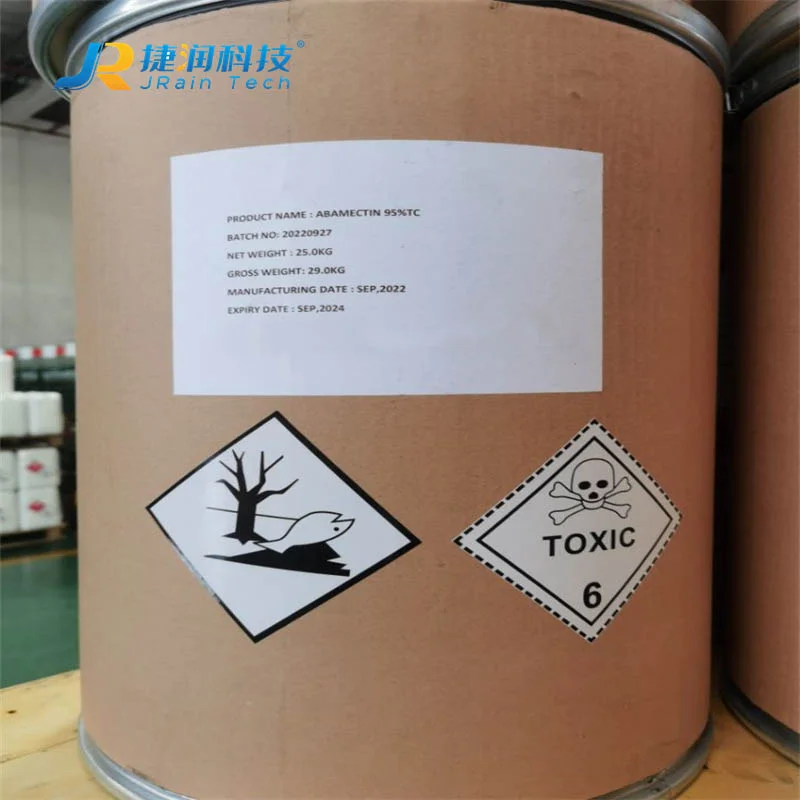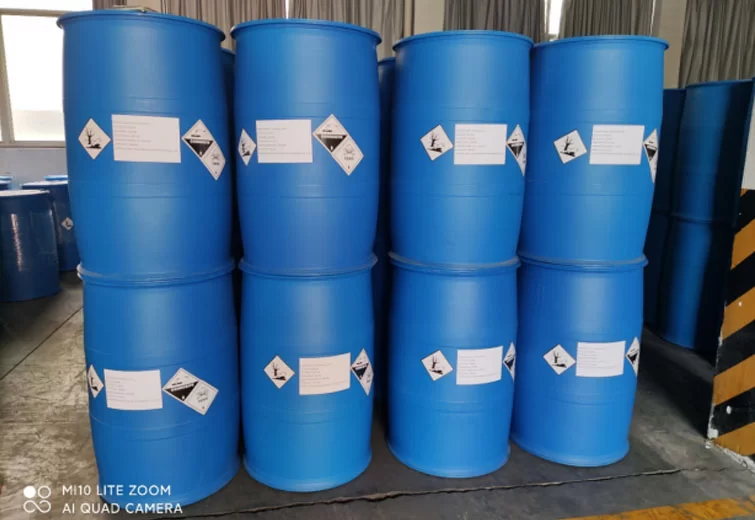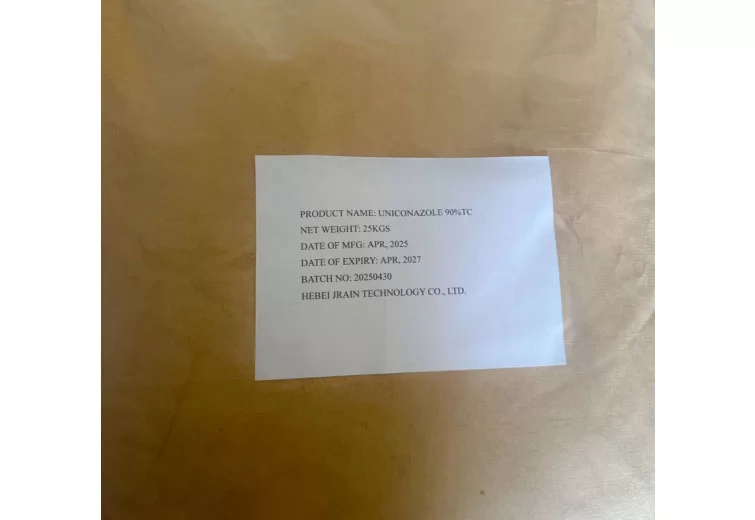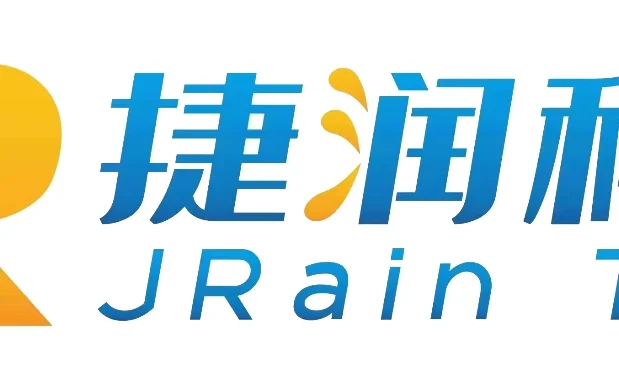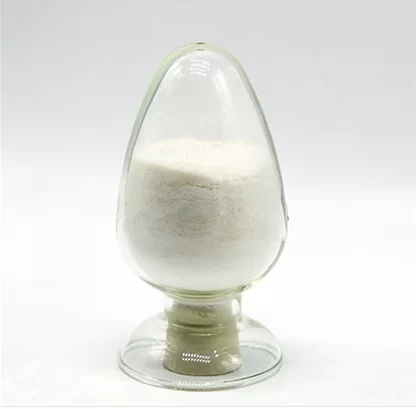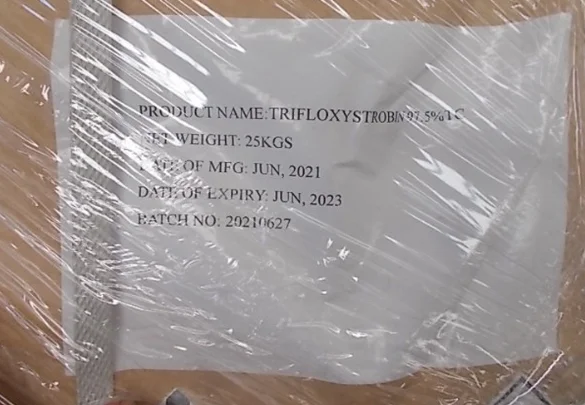Industry Trends of Tebuconazole Fungicide and Related Compounds
Over the past five years, the global market for tebuconazole fungicide has grown at a CAGR of 5.6%, driven by expanding agricultural acreage, regulatory pressure for safer crop protection, and increased awareness of crop loss due to fungal infections. Notably, the adoption of tebuconazole fungicide, as well as combined solutions like imidacloprid tebuconazole formulations, is rising across cereals, oilseeds, and turf management. Globally, emerging markets in APAC and LATAM are exhibiting the highest growth rates due to evolving food security demands and supportive government policies. Reports from major agricultural forums indicate a shift towards environmentally sustainable protection, with tebuconazole safety increasingly scrutinized according to ISO and FAO guidelines.
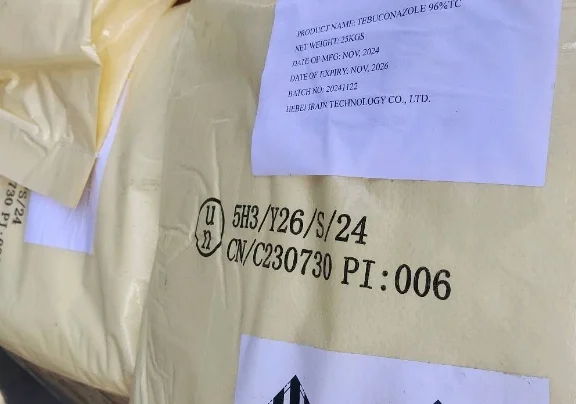
Technical Parameters & Specification Table
Parameter | Tebuconazole (Pure) | Imidacloprid + Tebuconazole | Safety Index |
Active Ingredient (%) | >98.5% | Imidacloprid 30%, Tebuconazole 30% | LD50 (oral, rat): 1,700 mg/kg |
Formulation | TC, SC, EC, WG, WP | FS, SC, WG | Acute toxicity: Low |
ISO/FDA Certification | ISO 9001, ISO 14001, FAO/WHO | ISO 9001, FAO/WHO | FDA pesticide list |
Shelf Life | ≥ 2 years (sealed) | ≥ 2 years (sealed) | Stable for 24 months |
pH Stability Range | pH 4–9 | pH 5–8.5 | Hydrolytically stable |
Manufacturing Process Visualized & Explained
The advanced production of tebuconazole fungicide involves multi-step synthetic chemistry, solvent extraction, and micro-encapsulation. The process initiates with the condensation of triazole intermediates, followed by precise CNC control for particle size management during milling. Quality assurance is enforced at every stage, conforming to ISO 9001 and FAO pesticide standards. Final formulations—including emulsifiable concentrate (EC), suspension concentrate (SC), and water-dispersible granules (WG)—undergo standardized testing for purity, uniformity, and residual solvent content. This robust process ensures high product yield and minimal batch variance.
Materials: triazole derivatives, pharmaceutical-grade solvents.
Process technologies: catalytic synthesis, high-shear mixing, fluid-bed drying, CNC particle sizer.
Quality Control: HPLC purity analysis, ISO environmental safety, batch-tracking.
Application Scenarios & Case Studies
Tebuconazole fungicide and its admixtures (such as imidacloprid tebuconazole) are utilized in high-efficiency crop protection for wheat, corn, rice, turf, and horticultural plantations. In a 2023 client case in Brazil, post-harvest application of imidacloprid tebuconazole reduced Fusarium spp. infection by 61% compared to untreated controls, demonstrating substantial crop yield protection and economic benefits. In golf course management, its targeted delivery form (WG) increased turf resistance to dollar spot and brown patch by 90% within three weeks.
· Cereals: Powdery mildew, leaf rust control
· Oilseeds: Sclerotinia and Alternaria blight
· Turf & greens: Broad-spectrum fungal protection
Technical Advantages & Performance Benchmarking
Compared to other triazole fungicides, tebuconazole fungicide delivers enhanced systemic action, a longer residual field presence (up to 18 days), and a wide safety margin under recommended use. By combining imidacloprid, efficacy broadens to both insecticidal and antifungal protection, optimizing labor cost and input frequency. Benchmarking tests indicate tebuconazole’s median effective dose (ED50) against fungal blights is 13–19% lower than propiconazole. Its advanced encapsulation results in 17% greater rainfastness compared to conventional SC formulations.
ED50 Comparison of FungicidesTebuconazole0.21 mg/LPropiconazole0.24 mg/LDifenoconazole0.23 mg/LLower ED50 = Higher potency
Tebuconazole Market Share by Application (2023)Cereals (38%)Oilseeds (31%)Turf (17%)Other (14%)
Vendor Comparison & Custom Solution Options
Vendor | Certifications | Product Customization | Minimum Batch | After-Sales Support |
GlobalAgriChem | ISO 9001, FAO | Particle size, pH, adjuvants | 500kg | 24/7 remote, local field |
SinoChem Corp. | ISO 9001/14001, FDA reg. | Custom blends, labeling | 1 ton | Online technical center |
AgriPro Solutions | ISO 45001 | Encapsulation, organics | 200kg | B2B on-site consultancy |
Leading suppliers offer bespoke tebuconazole fungicide solutions matching local regulations, crop specificity, and desired application techniques. Long-term B2B clients report enhanced ROI through tailored granule sizing, co-formulation with micronutrients, and environmentally optimized carriers.
FAQs: Professional Technical Q&A
Q1: What is the optimal particle size for tebuconazole formulations?
A1: 2–5 microns is ideal for suspension concentrates to guarantee rapid foliar uptake and even field coverage.
Q2: Which carriers are preferred for WG (water-dispersible granule) types?
A2: Bentonite or attapulgite clay carriers enhance granule disintegration and crop safety under FAO standards.
Q3: Does tebuconazole comply with FDA and ISO safety?
A3: Yes, compliant products are registered under FDA pesticide lists, and conform to ISO 9001 and FAO safety guidelines.
Q4: What is the recommended application rate?
A4: 125–200 g a.i./hectare for cereals, with interval adjustment depending on pathogen pressure and crop stage.
Q5: Which analytical method is used for residue analysis?
A5: HPLC (High Performance Liquid Chromatography) with UV detection per ISO 17025 testing protocols.
Q6: Is tebuconazole safe for pollinators?
A6: At the labeled rates, risk to bees and pollinators is categorized as low, per FAO risk assessments.
Q7: What are the typical packaging options?
A7: Industrial drums (25–200 L), multi-layer bags for granules, export-crate prep with COA.
Warranty, Delivery Cycle & Customer Support
· Warranty: 24 months shelf life guarantee under standard storage; full replacement for batch defects per COA.
· Delivery Cycle: Typical FOB shipment within 21–28 days after order confirmation and regulatory prerequisite.
· Customer Support: 24/5 multilingual technical assistance, on-site application consulting, and annual performance review with key accounts.
Authoritative References
1. Journal of Agricultural and Food Chemistry
2. FAO Specifications and Evaluations for Agricultural Pesticides
3. Pesticide Biochemistry and Physiology (Elsevier)
4. International Organization for Standardization (ISO) Publications
5. Food and Drug Administration (FDA) Pesticide Reference List


